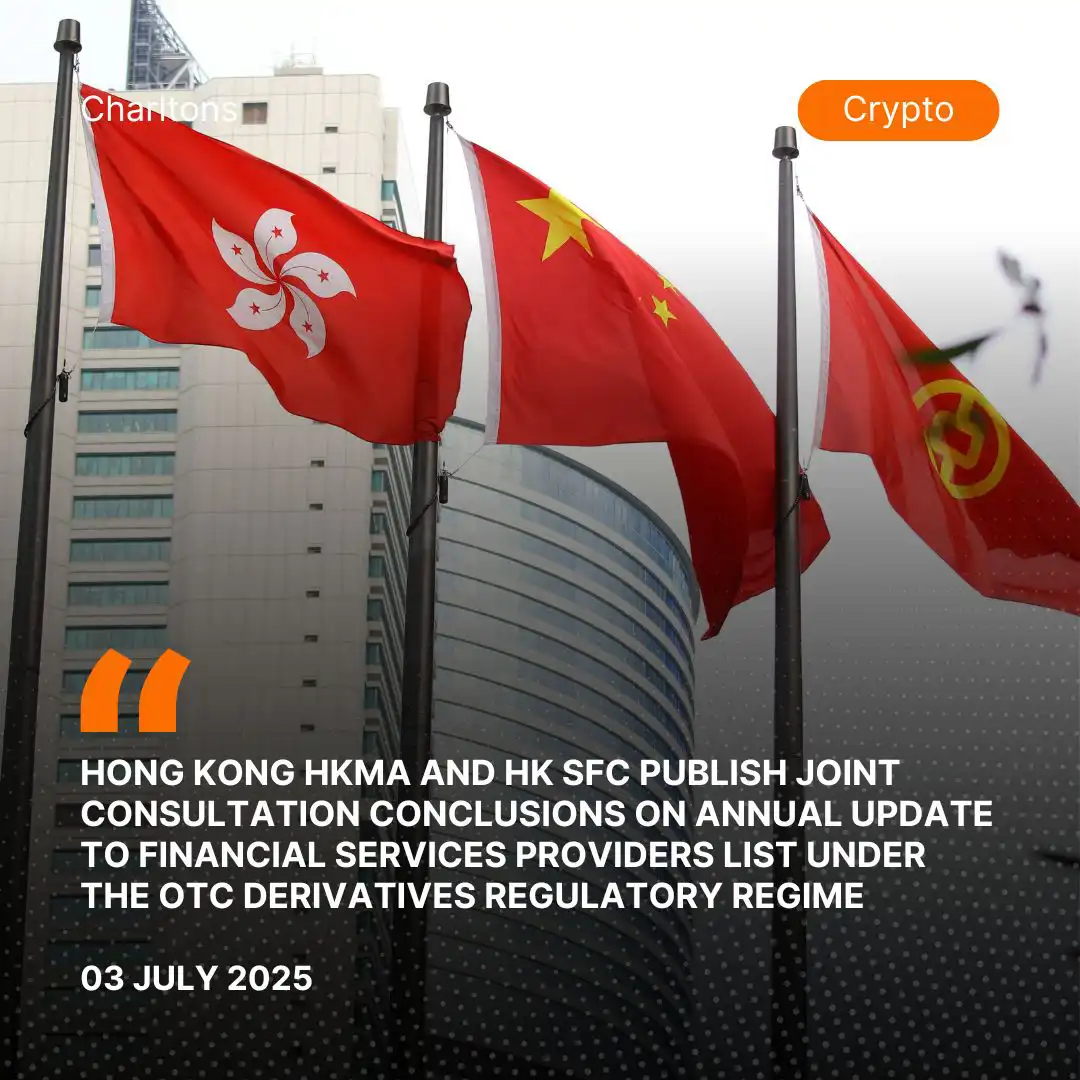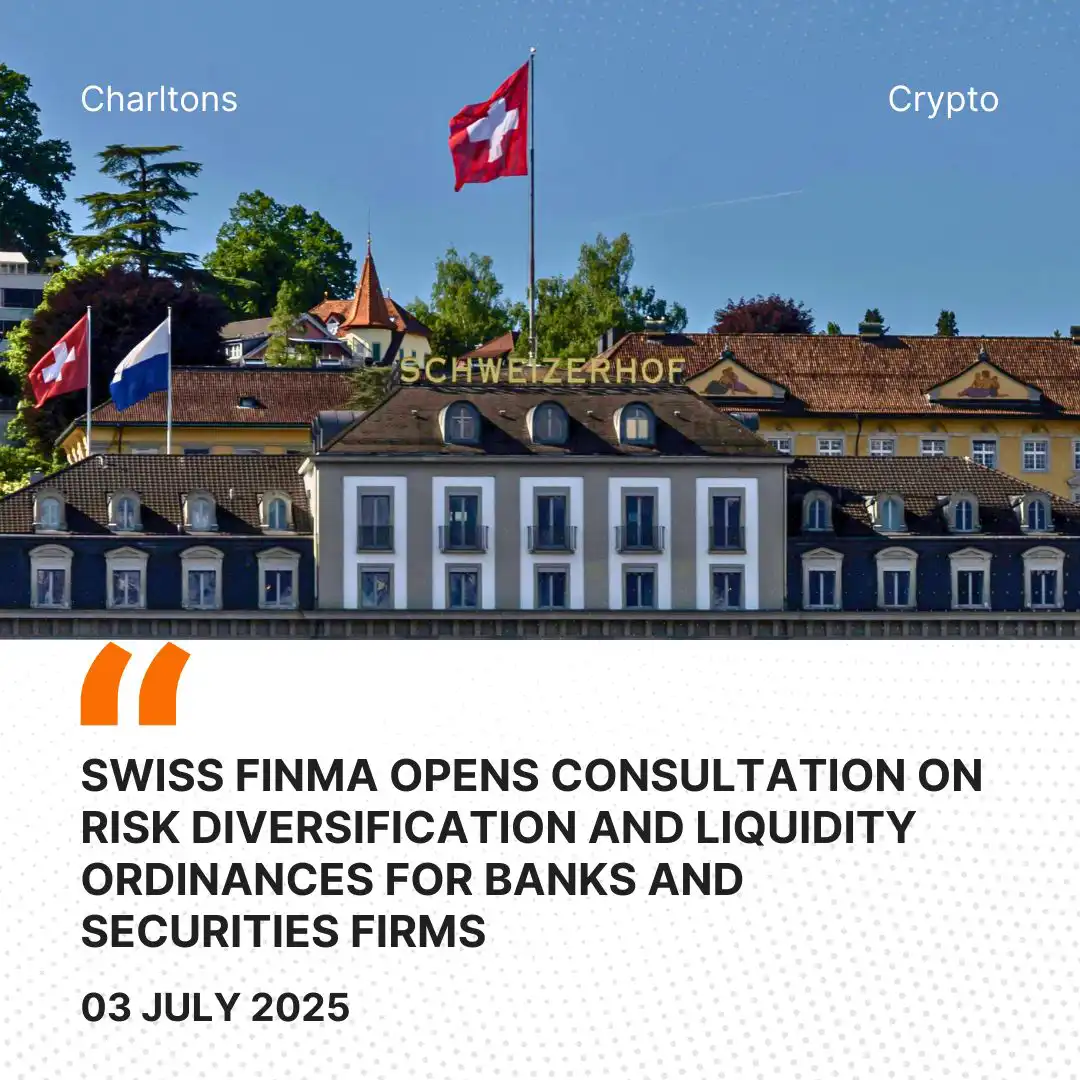
On 21 November 2024, the United States Commodity Futures Trading Commission’s Global Markets Advisory Committee, chaired by Commissioner Caroline D. Pham, has advanced a recommendation to enable the use of distributed ledger technology for non-cash collateral in derivatives markets. The recommendation aims to improve efficiency and reduce risks associated with using non-cash assets as collateral, such as government bonds and other high-quality securities. The recommendation is the fourteenth advanced by the Global Markets Advisory Committee to the United States Commodity Futures Trading Commission in the past year, marking a record for any advisory committee within the same timeframe.
The Global Markets Advisory Committee advises the United States Commodity Futures Trading Commission on maintaining the integrity and competitiveness of U.S. markets in a globally interconnected environment. Established in 1998, GMAC addresses regulatory challenges and provides recommendations on international standards for futures, swaps, options, and derivatives markets, as well as intermediaries. The Digital Asset Markets Subcommittee, under the Global Markets Advisory Committee, presented progress on its Utility Tokens workstream. This initiative is developing regulatory frameworks for tokenised assets to promote innovation and growth in the digital economy.
The United States Commodity Futures Trading Commission and United States prudential regulators have long allowed the use of non-cash collateral for meeting regulatory margin requirements in derivatives transactions, including cleared and non-cleared derivatives. Eligible collateral includes government bonds, corporate securities, listed equities, money market funds, and gold.
However, operational inefficiencies have limited the practical application of non-cash collateral. These inefficiencies arise from complex intermediary networks, settlement delays, and the need for cash conversions, all of which add cost and risk for market participants.
Distributed ledger technology offers a solution by digitising and streamlining the transfer of non-cash collateral. By enabling real-time, peer-to-peer asset transfers, distributed ledger technology reduces reliance on intermediaries and eliminates the need to liquidate assets for cash collateral.
The recommendation identifies key operational hurdles that distributed ledger technology can address such as complexity in Intermediary Networks, as current systems for transferring non-cash assets require multiple intermediaries, including banks and brokers, increasing costs and delays. Restricted Settlement Windows in market infrastructures often operate on limited hours, making timely asset transfers difficult under regulatory deadlines. Market Stress Amplification, during periods of market volatility, firms often sell non-cash assets to meet margin calls. This pro-cyclical behaviour worsen price declines and de-establishes the market. By enabling direct, 24/7/365 transfers of eligible collateral, distributed ledger technology improves operational efficiency and reduces reliance on intermediaries. It also counters the risk of forced asset sales during periods of market stress.
The Global Markets Advisory Committee’s Digital Asset Markets Subcommittee has proposed a framework for adopting distributed ledger technology in derivatives markets. The recommendations include:
- Maintaining Asset Eligibility Rules: Distributed ledger technology should not alter the eligibility of non-cash collateral. Assets eligible under current regulations—such as sovereign bonds and gold—would remain eligible, regardless of their use on distributed ledgers.
- Leveraging Existing Risk Management Processes: Swap entities, clearing organisations, and futures commission merchants should apply existing policies to assess the risks associated with distributed ledger technology. These risks include legal enforceability, segregation and custody arrangements, and information security.
- Avoiding New Regulatory Rules: The adoption of distributed ledger technology should not necessitate changes to current United States Commodity Futures Trading Commission rules, as existing frameworks adequately address the operational and legal risks of new technologies.
The adoption of distributed ledger technology in derivatives markets offers advantages for market participants and regulators such as, increased efficiency, real-time asset transfers reduce delays and streamline the margin process, particularly during periods of market volatility and cost reduction, by eliminating the need for intermediaries and redundant processes, distributed ledger technology lowers transaction costs and enhanced market stability, with the ability to transfer non-cash collateral directly reduces the reliance on cash during margin calls, preventing large-scale asset sales that could destabilise markets.
US CFTC Commissioner Caroline D. Pham in her statement on the official website of US CFTC stated: “All over the world, there have been successful and proven commercial use cases for tokenization of assets, such as digital government bond issuances in Europe and Asia, over $1.5 trillion notional volume in institutional repo and payments transactions on enterprise blockchain platforms, and more efficient collateral and treasury management, now, we can finally begin to make progress on U.S. regulatory clarity for digital assets with today’s GMAC recommendation on tokenized non-cash collateral. This marks a significant first step toward realizing these opportunities for our derivatives markets — with exactly the same guardrails and protections in place. Embracing new technology does not mean compromising on market integrity. I’m also excited by the progress of the Utility Tokens workstream and their extensive efforts on a regulatory solution for these key assets which will help to unleash rapid innovation and growth in the digital economy. I applaud the leadership of the GMAC and the Digital Asset Markets Subcommittee and workstreams for promoting the competitiveness of our markets and the United States.”
(Source: https://www.cftc.gov/PressRoom/PressReleases/9009-24, https://www.cftc.gov/media/11581/GMAC_DAM_UseofDLTasDerivativesCollateral_112124/downloadQ67)





